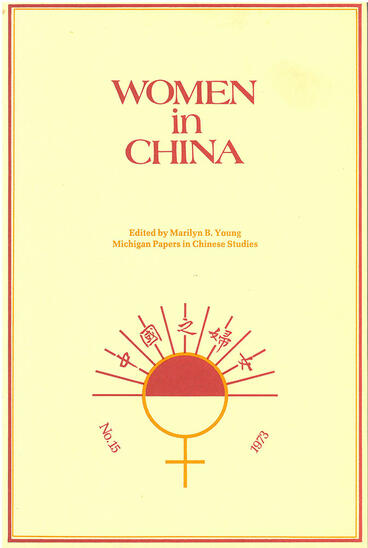Women in China
Studies in Social Change and Feminism
Eleven articles explore the changing status, both actual and ideological, of women in twentieth-century China
Description
Many students of China have read in many classic reports of the Chinese revolution about the changing role of Chinese women. Women fighting and working, women speaking and marching, women standing up angry. And yet we absorbed this information in a most curious way, with half the mind, so to speak. It was not until the women’s liberation movement exploded on the American scene that we gained a new and somewhat stunned understanding of the aspects of China’s liberation that were always there, awaiting our discovery. We now see the actions of the Women’s Associations not as part of some general and vague process of “social mobilization,” but as specific, bearing directly on both the concrete and existential situation of their members.Women in China does more than just strengthen our still tenuous grasp on the texture of revolution. It also raises an enormous variety of questions. What were the roots of the women’s movement in China? How did that movement relate to the Communist Party? What were the contradictions between social revolution and militant feminism? What happened to the urban feminists who did not join the Communists? And what was the fate of those who did? How long does it take for social transformation to make its effect felt on the status of women? Women in China draws together recent essays on women so that students may have, in a convenient form, a sense of the range of problems, answers, and questions. The authors share neither a common ideology nor methodology, but only the central query: what about women?
Marilyn B. Young was Professor of History at New York University.

